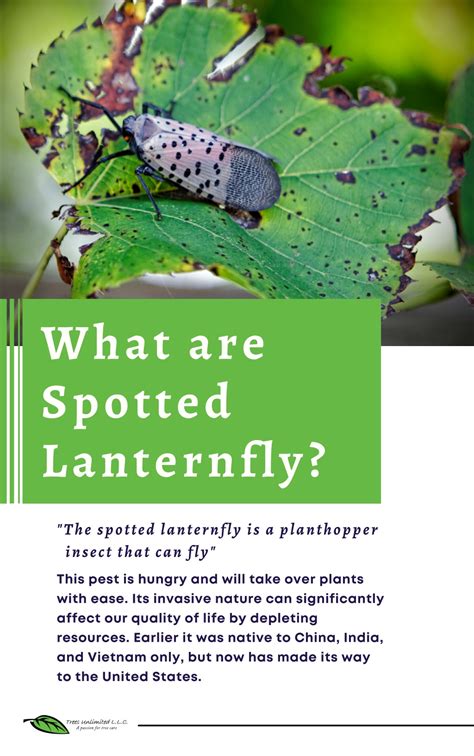How To Get Rid Of Spotted Lanternflies: A Comprehensive Guide
The spotted lanternfly (SLF), Lycorma delicatula, is an invasive planthopper causing significant damage to vineyards, orchards, and forests. This comprehensive guide will equip you with the knowledge and strategies to effectively combat this pest and protect your plants.
Understanding the Spotted Lanternfly Threat
Before tackling eradication, understanding the SLF's life cycle and impact is crucial. Adult SLFs are easily recognizable by their vibrant colors: a grayish body, black spots, red forewings, and striking red underwings. They feed on plant sap, injecting toxins that weaken and eventually kill plants. Nymphs, the immature stage, are smaller and initially black with white spots, eventually developing red markings. Both stages cause significant harm.
The Damage They Inflict:
- Direct Feeding: Their feeding weakens plants, reducing yield and potentially leading to plant death.
- Honeydew Production: They excrete large amounts of honeydew, a sticky substance that promotes the growth of sooty mold, further damaging plants and affecting their aesthetic appeal.
- Economic Impact: Their presence threatens various agricultural industries, impacting livelihoods and the economy.
Effective Control Methods for Spotted Lanternflies
Multiple strategies are needed for effective SLF control. A combined approach is most successful.
1. Manual Removal and Destruction:
This is arguably the most effective method for small infestations.
- Scrape and Squash: Identify and physically remove egg masses (brown, mud-like masses on tree trunks and other surfaces) and scrape them into a bag of soapy water. Squash adult and nymph SLFs when you see them.
- Sticky Bands: These bands wrapped around tree trunks trap the nymphs and adults as they climb. Remember to check and dispose of the trapped insects regularly.
2. Insecticides:
While chemical control should be a last resort due to potential environmental impacts, certain insecticides can be effective against SLF. Always follow the instructions carefully.
- Targeted Spraying: Use insecticides only when necessary, focusing on heavily infested plants.
- Professional Assistance: Consult with pest control professionals for advice on appropriate insecticides and application methods.
3. Natural Predators and Biological Control:
Research is ongoing into natural predators that can help manage SLF populations. While widespread implementation isn't currently available, keeping your garden diverse and supporting beneficial insects may indirectly contribute to control.
4. Monitoring and Early Detection:
Regular monitoring is key to preventing widespread infestations.
- Visual Inspections: Regularly inspect plants for egg masses, nymphs, and adults.
- Trap Deployment: While not a complete solution, traps can help monitor population levels and provide early warning signs.
5. Community Collaboration:
Combating SLF requires a community effort.
- Report Sightings: Report sightings to your local agricultural extension office or relevant authorities.
- Share Information: Inform your neighbors about SLF and encourage them to participate in control efforts.
Preventing Future Infestations
Prevention is just as important as eradication.
- Plant Inspection: Inspect any new plants before introducing them to your garden.
- Clean Vehicles and Equipment: Thoroughly clean vehicles and equipment that have been in areas with known SLF infestations to prevent the spread.
- Yard Clean Up: Maintain a clean yard, removing potential breeding sites like piles of debris or unattended firewood.
By implementing these strategies, you can significantly reduce the spotted lanternfly population in your area and protect your plants from this destructive invasive pest. Remember, early detection and a multi-pronged approach are crucial for success.
